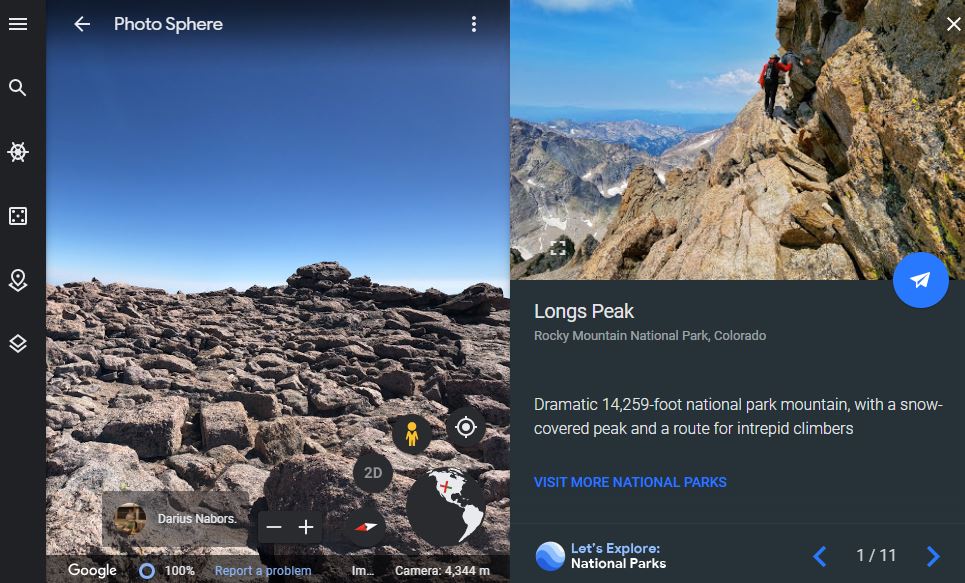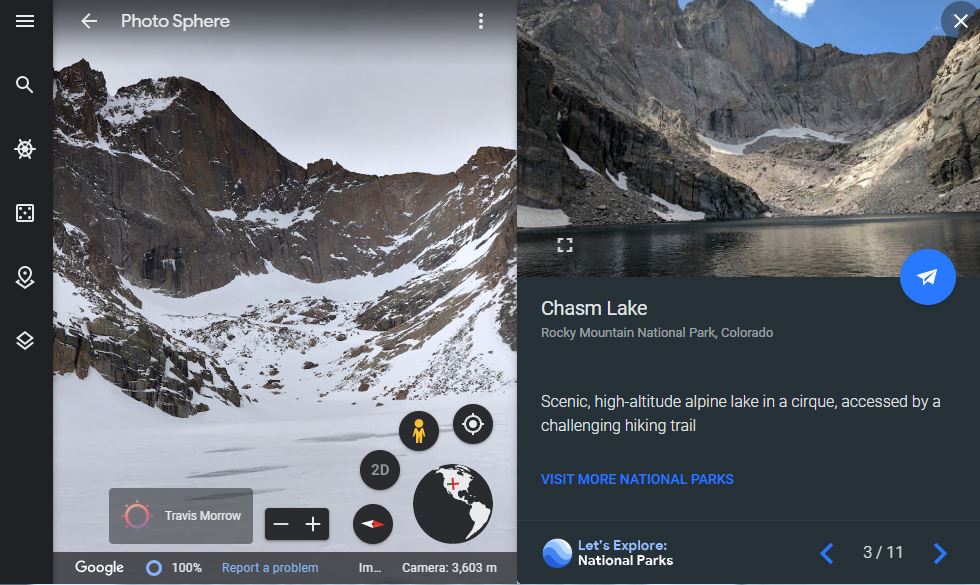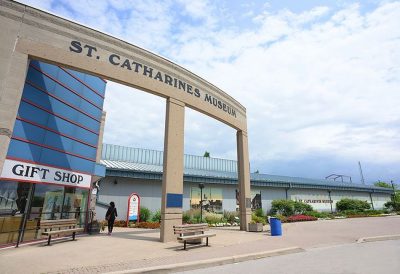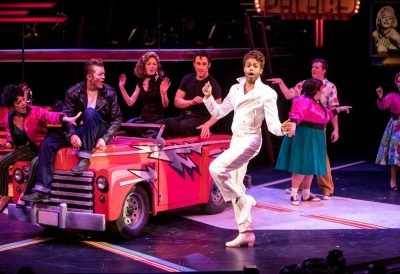Teach valuable geology and ecology lesson without leaving the classroom with these virtual national park experiences.
Home to some of the world’s most vital connections to the natural world, the national parks of the Mountain West offer a spectrum of hands-on and virtual learning experiences for STEM students.
Zion National Park
Accessible for any grade level, Zion National Park offers virtual classroom visits in real time by a uniformed ranger. Through this experience, students learn about the National Park Service and Zion National Park through presentations and props used by the ranger. The classroom will explore a range of topics from ecology, wildlife and the history of Zion National Park. Students can also ask questions and interact with the park ranger. The virtual experience comes with a post-program activity to make it as immersive as possible.
Death Valley National Park
Explore the terrain of the largest U.S. National Park outside of Alaska—Death Valley National Park—from the classroom. This virtual tour allows access to the entirety of the park, from the 11,000-foot-high snow-covered mountains a few miles from the salt pan to volcanic craters and mammoth sand dunes. While avoiding the scorching heat of Death Valley National Park, students can explore the immense landscape that spans over three million acres from their own computer. This virtual tour makes traversing through the park a fun and interactive experience, incorporating fun facts and a specially composed soundtrack of natural sounds to accompany the tour.

Credit Tour de Force 360VR
STEM Program
Connect your students to authentic STEM experiences in national parks through the Greening STEM Initiative. The National Environmental Education Foundation (NEEF) partners with the National Park Service to create Greening STEM, a program that connects schools with public land agencies for the purpose of encouraging STEM learning. Through Greening STEM, students are put into place-based investigations of the natural environment, dealing with real-world challenges. This after-school program offers students the opportunity to have genuine STEM experiences in the national park, making environmental issues more easily accessible to students and teachers both.
Badlands National Park
Badlands National Park offers a fascinating virtual field trip through engaging video sessions and video conferencing right from the classroom. Encouraging your students’ passion for science and geology is highlighted in this national park’s virtual program. Classrooms can explore the ancient ecosystems of the Badlands, discovering how rocks can tell us more about history than we think. Students can also learn about the ancient animals of the Badlands in comparison to modern day animals, developing insight into how to predict the environment in which animals once lived. A third program analyzes how critical the bison were to the Lakota Sioux by examining how every part of the bison was used for their survival.
Virtual Colorado
With the versatility of this program, your classroom can explore any Colorado national park from their own computer screen. With excellent technology right at your fingertips, the need for permission slips is gone. Students can traverse the protected forests and alpine tundra of Rocky Mountain National Park, the steep gorge that carves the Precambrian rock called the Black Canyon in Gunnison National Park, well-conserved residences of Ancestral Puebloan in the Mesa Verde National Park and beaches at the base of the dunes in Great Sand Dunes National Park. The versatility of Colorado’s geology is at full accessibility to your classroom without a single bus ride.

Credit Google Earth
Grand Teton National Park
Immersing budding STEM students into the environment of national parks is what this distance learning program is all about. Park rangers broadcast live to your classroom from a desk made of snow located at the base of the Teton Range to host an interactive talk show with the students. With three different programs available, this distance learning can be tailored to the age group of your classroom with categories such as “Surviving Winter” (recommended for grades K-3), “Every Snowflake Counts” (recommended for grades 3-5), and “Why Winter Matters” (recommended for grades 6-8). Students have a fun and exciting experience as they learn how the wildlife of Grand Teton National Park adapt to weather and extreme climate, the importance of the water cycle to the animal and plant life in the park and the differences between climate and weather.
Distance Learning Wyoming
Distant classrooms can now connect with a Yellowstone National Park ranger to learn about the geology and ecology of the park. Students can learn about careers in the National Park Service by interviewing a park ranger or solving a geography challenge to determine where the park ranger works through a “mystery” Skype call. The park collaborates with teachers to develop a 20-40 minute program individualized for the classroom. Alongside the virtual Skype calls to the classroom, this program offers nine different worksheet activities for the classroom on subjects spanning from animal senses and bison to water quality and geysers.






